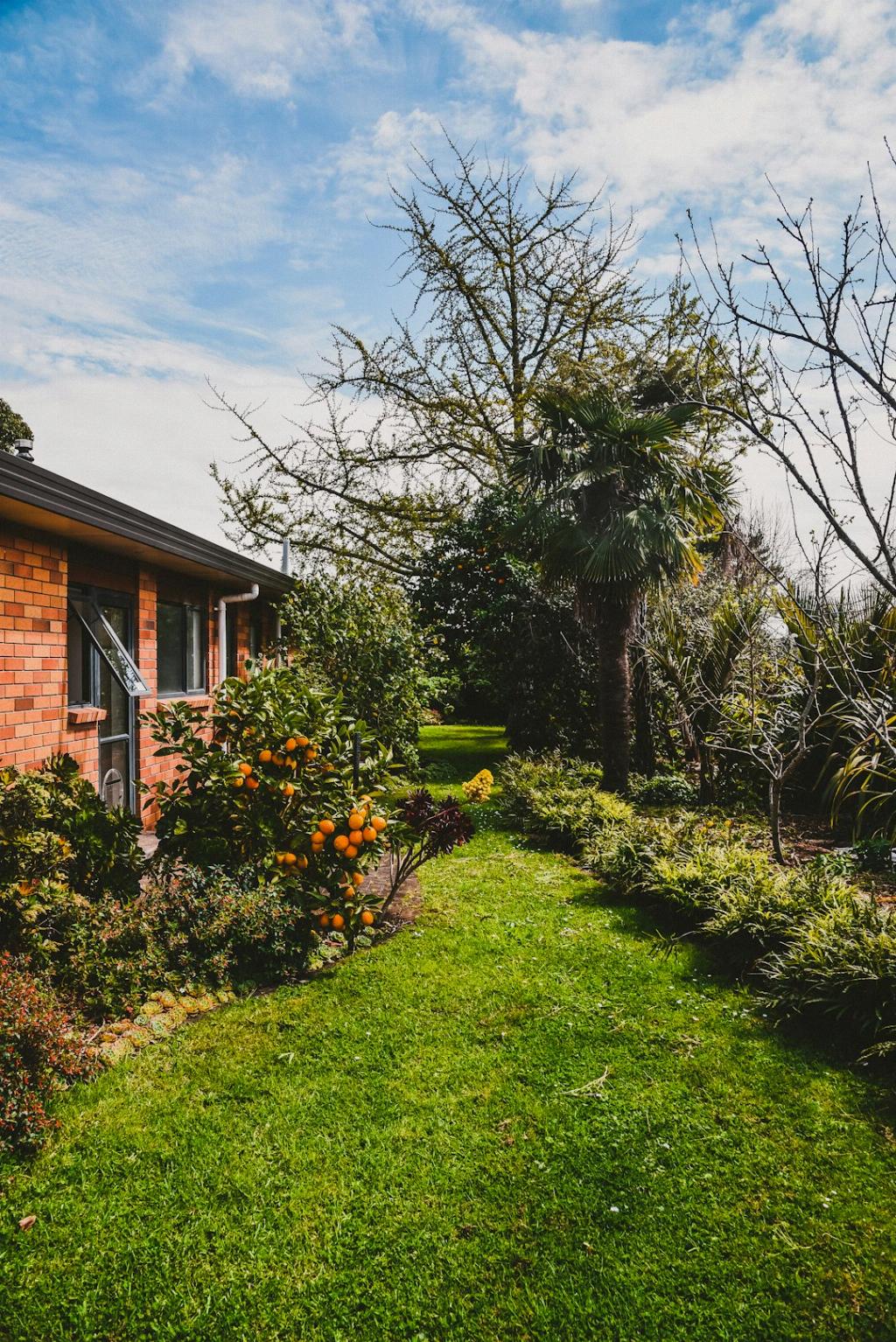When it comes to using hay in gardening, there is a myriad of benefits and practical applications that make it a versatile and invaluable resource for both seasoned gardeners and beginners alike.
Creating a Protective Layer
One of the primary uses of hay in gardening is to create a protective layer over the soil. By spreading a thick layer of hay over your garden beds, you can effectively suppress weed growth, retain moisture, and insulate the soil from temperature fluctuations.
Improving Soil Structure
Hay is rich in organic matter, making it an excellent addition to improve soil structure and fertility. As the hay breaks down, it releases essential nutrients into the soil, providing a natural source of nourishment for your plants.
Promoting Moisture Retention
One of the key benefits of using hay in gardening is its ability to retain moisture. By creating a mulch layer with hay, you can reduce water evaporation from the soil surface and ensure that your plants have a consistent water supply, especially during dry periods.
Suppressing Weed Growth
Hay serves as an effective weed barrier, preventing weed seeds from germinating and competing with your plants for essential nutrients and resources. By smothering weeds with a layer of hay, you can minimize the need for manual weeding and keep your garden beds clear and tidy.
Enhancing Aesthetic Appeal
In addition to its practical benefits, hay can also enhance the aesthetic appeal of your garden. The golden hue of hay adds a rustic charm to garden beds and complements the vibrant colors of flowers and foliage, creating a visually appealing landscape.
Encouraging Beneficial Organisms
Hay is a natural habitat for beneficial organisms such as earthworms, which play a crucial role in soil aeration and nutrient cycling. By incorporating hay into your garden beds, you can create a hospitable environment for these beneficial creatures and promote a healthy ecosystem.
Protecting Plants from Frost
During the colder months, hay can provide insulation and protection for tender plants against frost damage. By mulching your garden beds with hay, you can safeguard your plants from extreme temperatures and help them thrive in adverse weather conditions.
Feeding the Soil
As hay decomposes, it enriches the soil with organic matter, improving soil fertility and structure over time. This natural process of nutrient cycling helps maintain a healthy balance of nutrients in the soil, supporting the long-term health and vitality of your plants.
Low-Cost and Sustainable
One of the advantages of using hay in gardening is its affordability and sustainability. Hay is readily available, often at a low cost, making it a budget-friendly option for gardeners looking to enhance their garden beds without breaking the bank.
Practical Tips for Using Hay
When using hay in your garden, it’s important to choose high-quality, weed-free hay to avoid introducing unwanted seeds into your garden beds. Additionally, be mindful of proper application thickness to ensure optimal weed suppression and moisture retention.
Conclusion
In conclusion, hay can be a valuable asset in gardening, offering a range of benefits such as weed suppression, moisture retention, soil improvement, and aesthetic enhancement. By incorporating hay into your gardening practices, you can create a thriving and beautiful garden that is both functional and sustainable.

